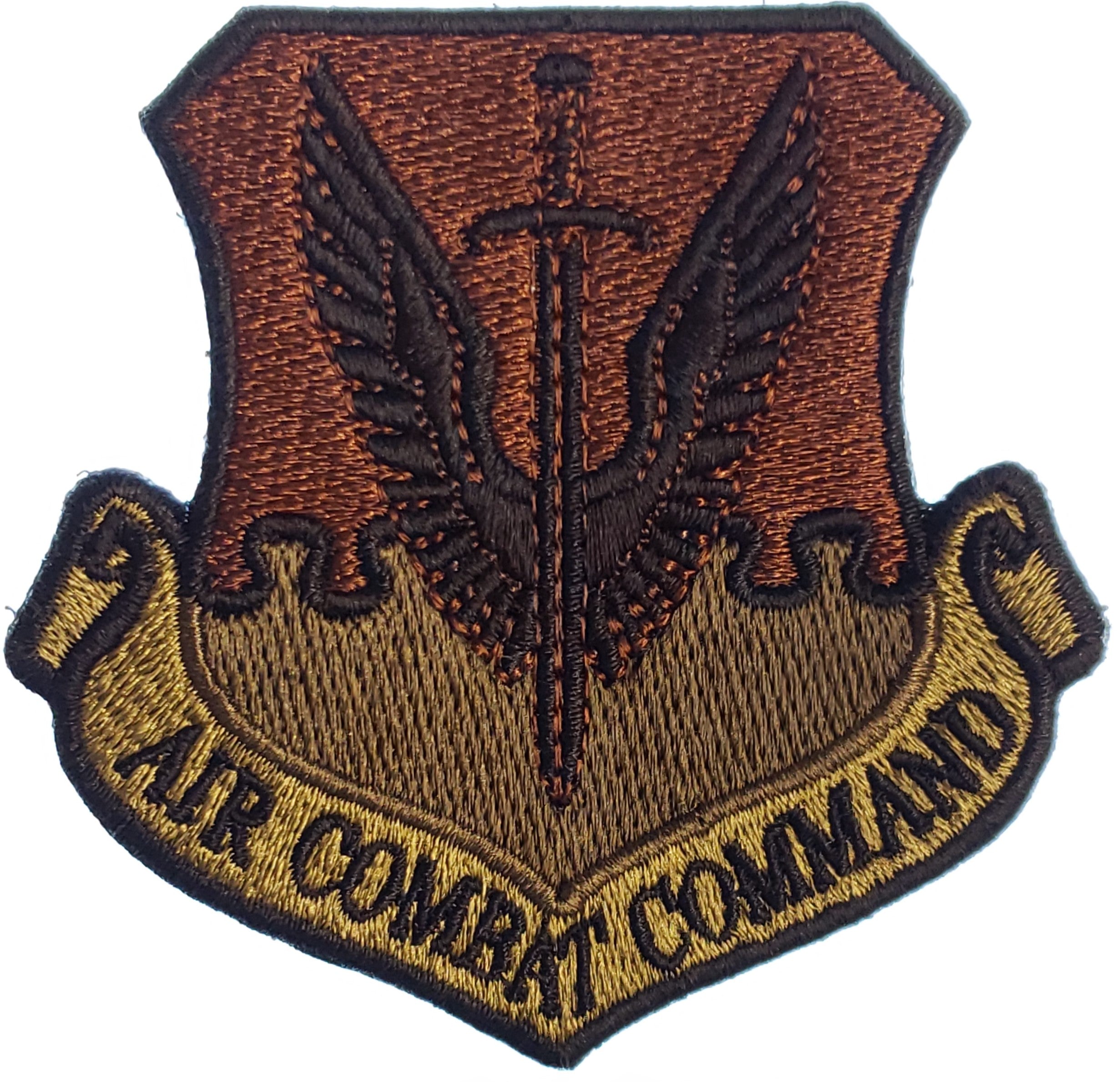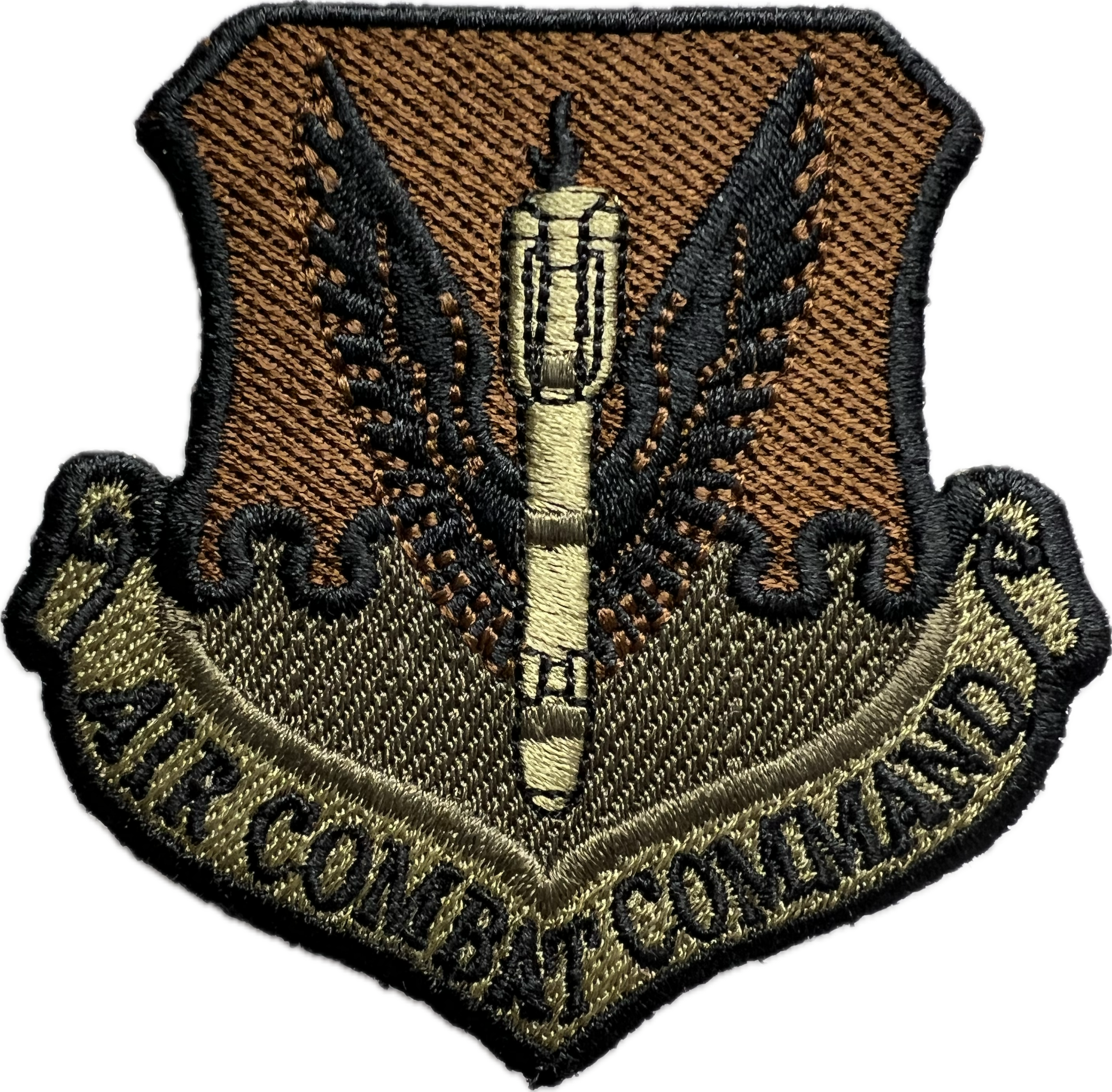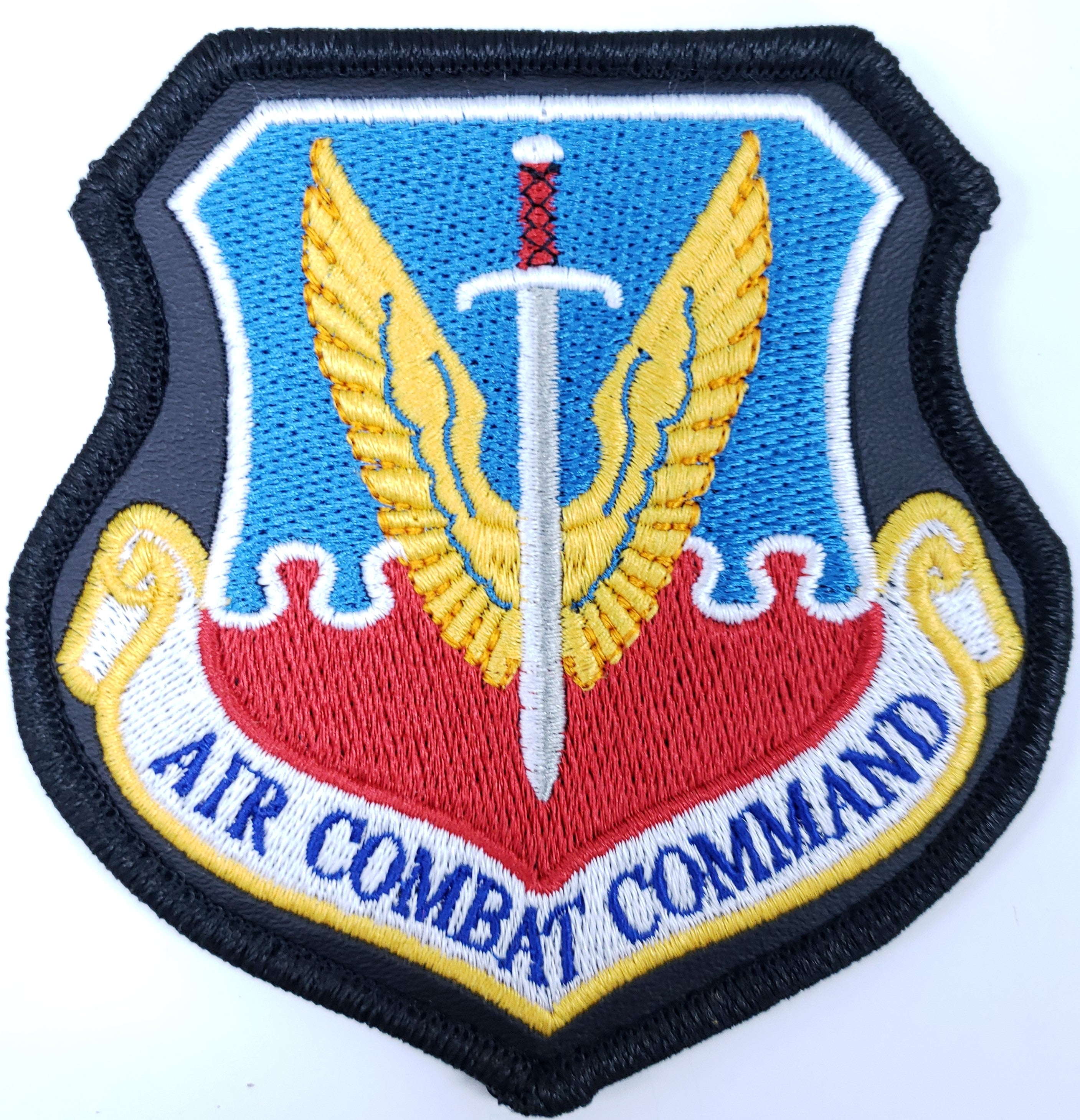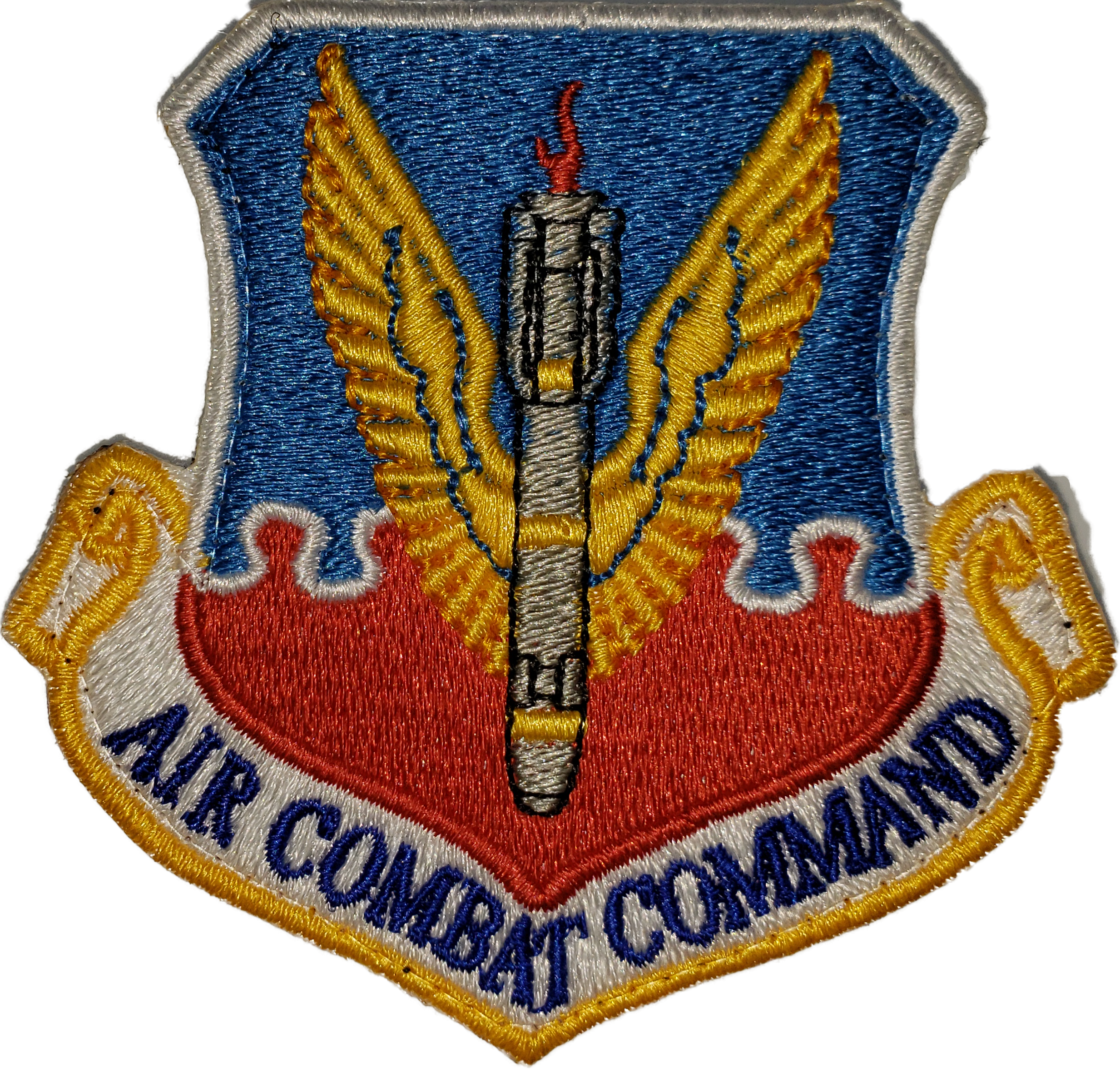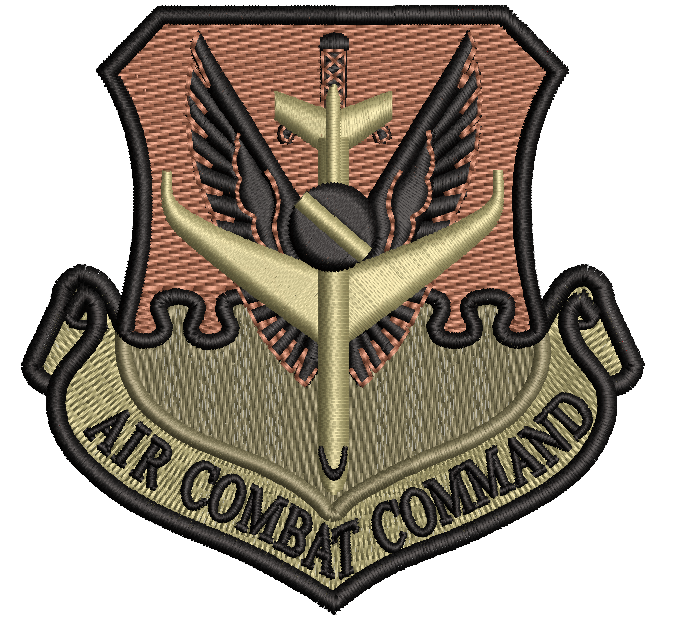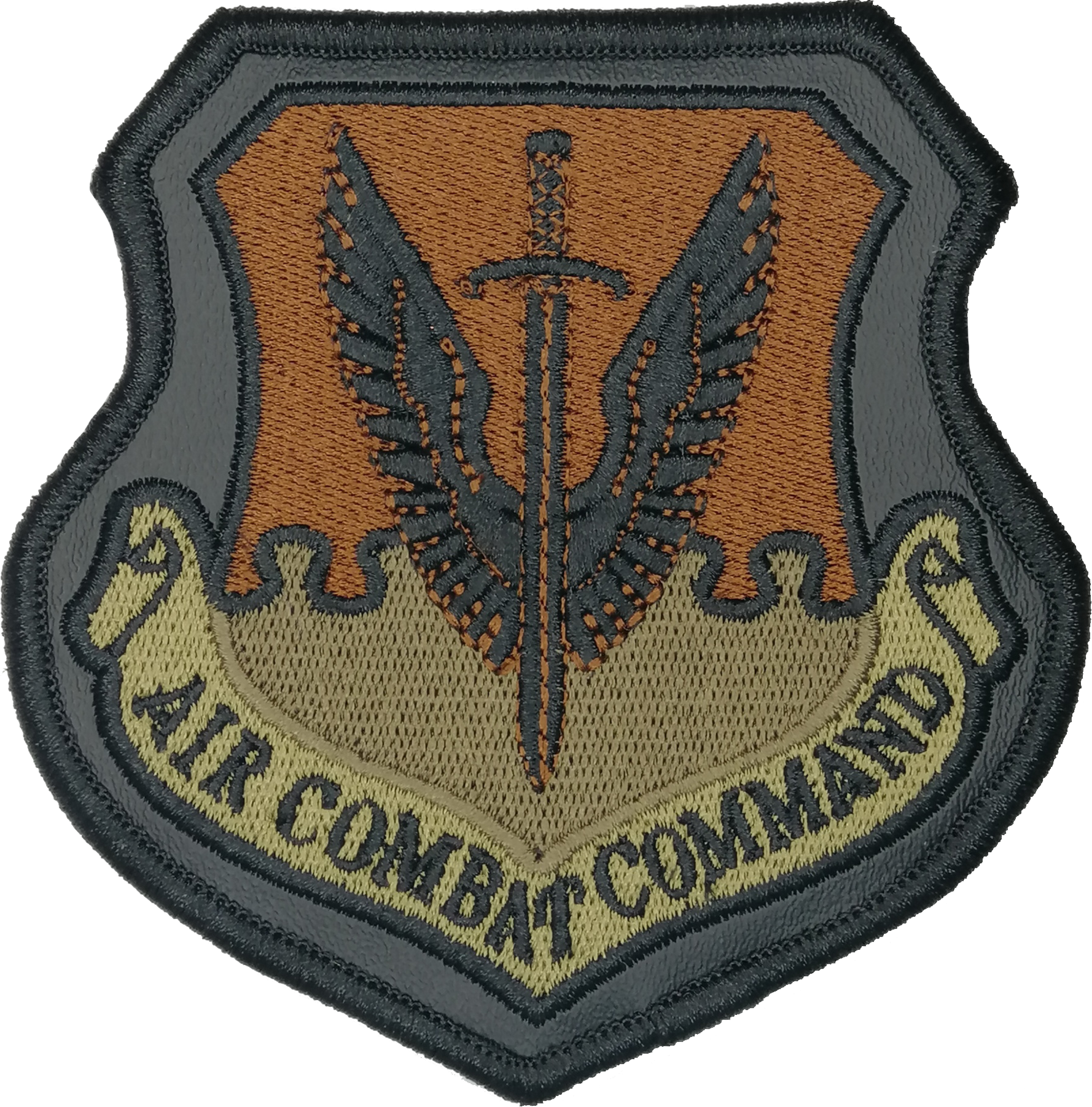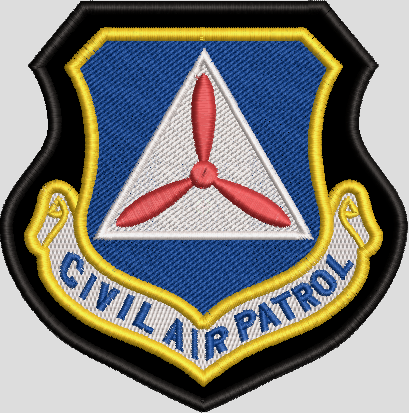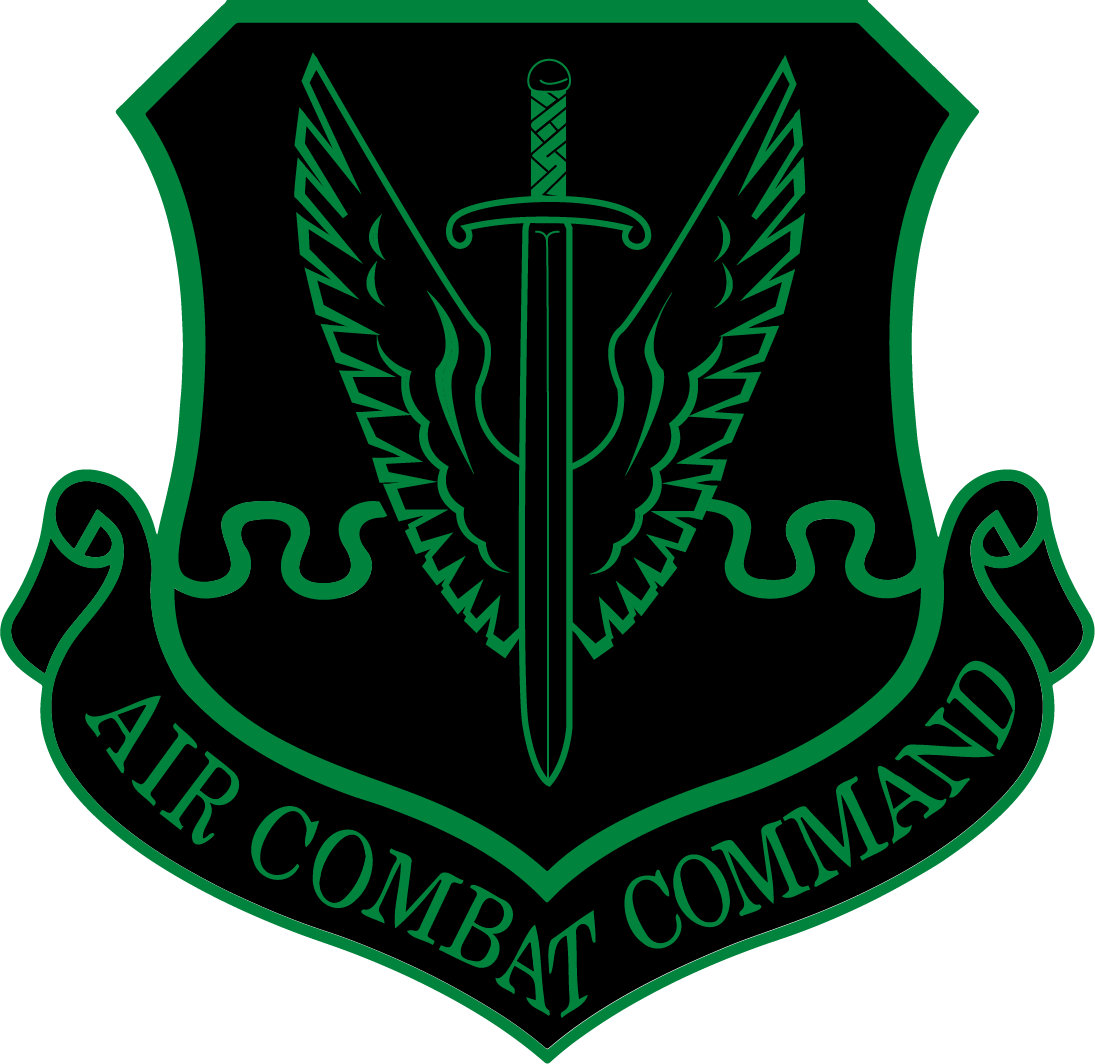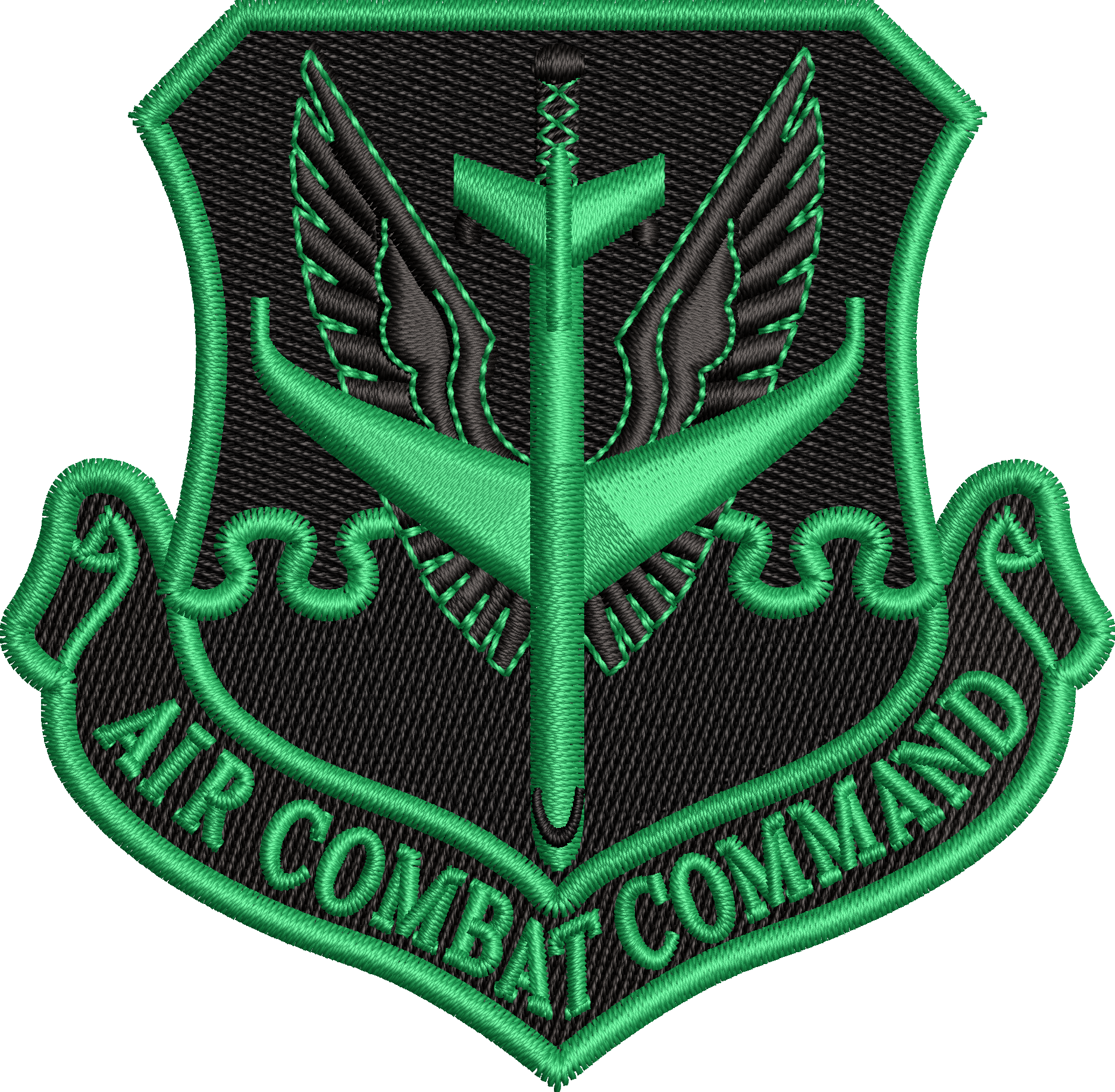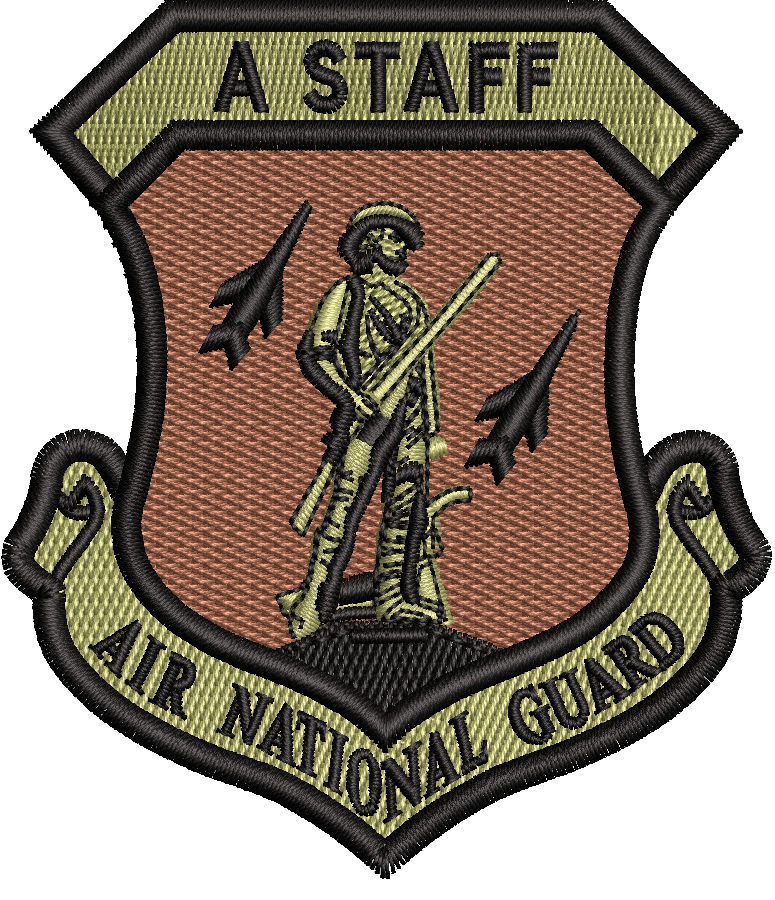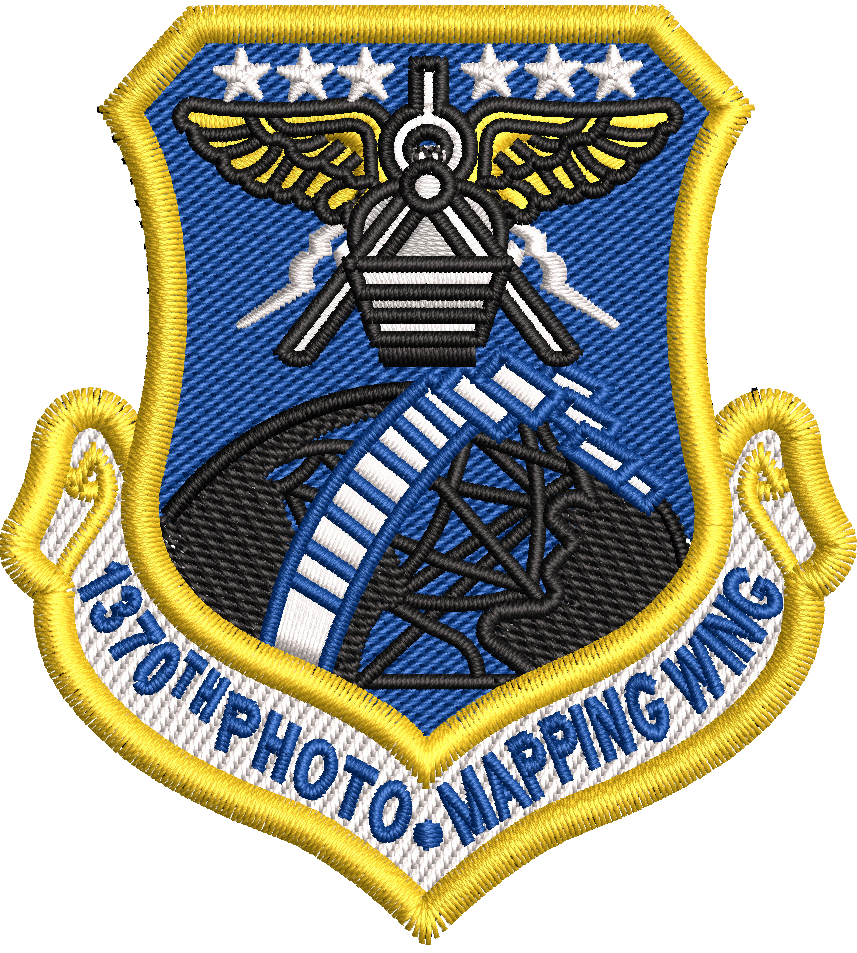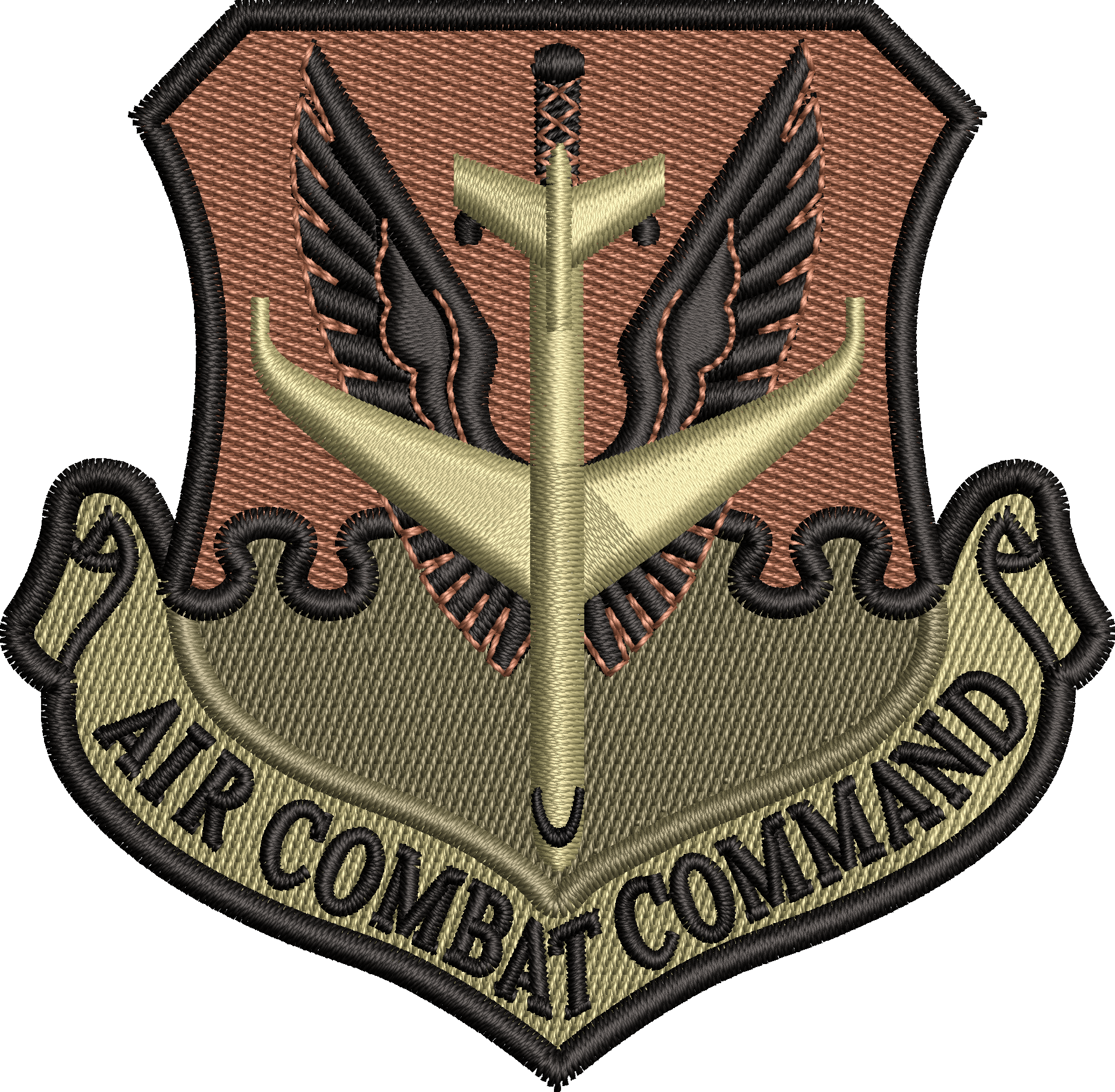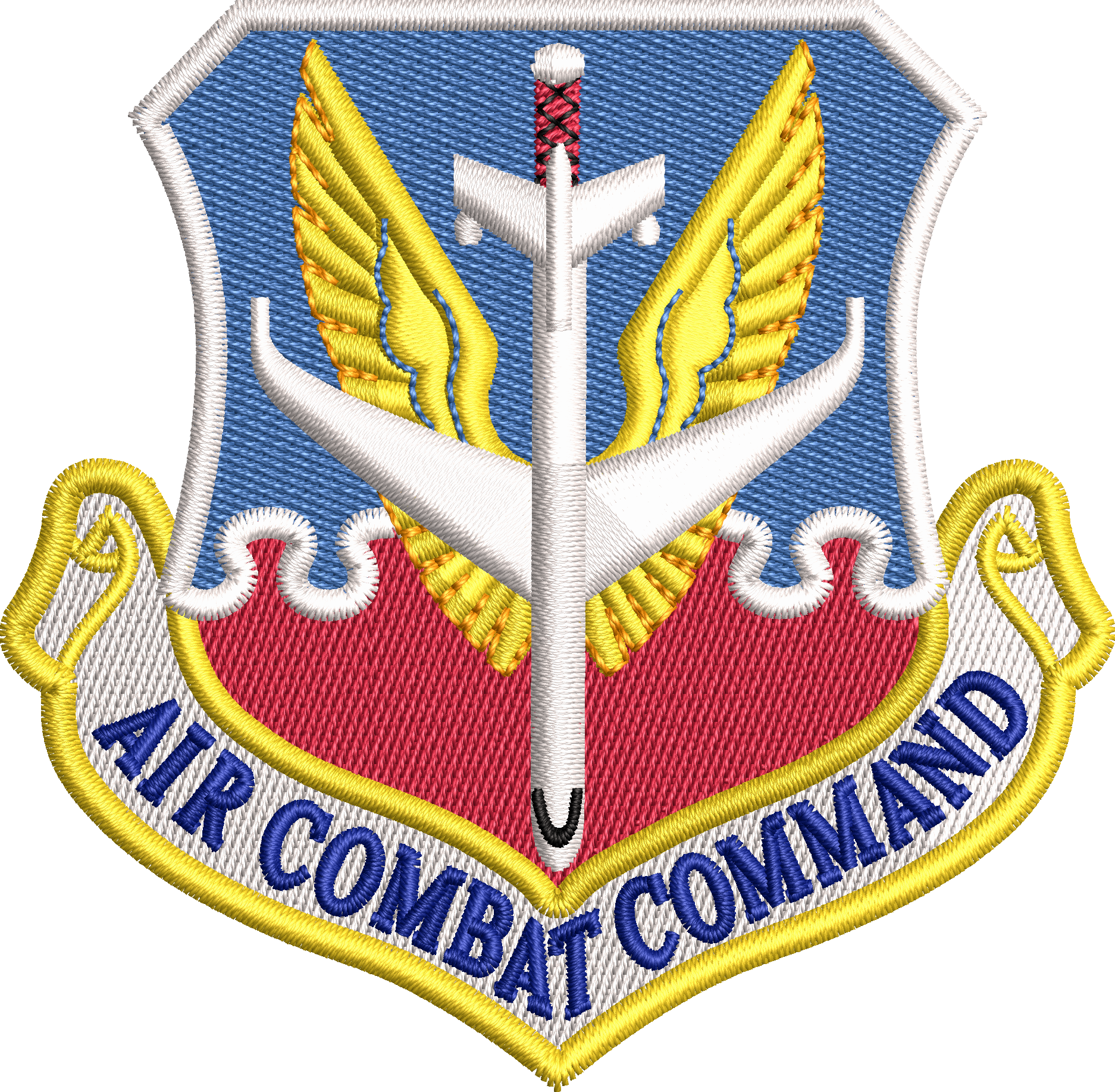Air Combat Command (ACC)
52 products
Showing 1 - 24 of 52 products
AIR COMBAT COMMAND HISTORY
In World War II as the United States and its allies gained air superiority in the skies over Europe, the multifaceted role of tactical air power proved pivotal. Allied pilots provided close air support for ground troops, prevented enemy reinforcements from reaching the front lines through battlefield interdiction, attacked lines of communication and supply targets, gathered vital intelligence through reconnaissance and surveillance, and airlifted entire airborne divisions behind enemy lines. The War Department recognized tactical air as one of the three pillars of modern air power when it established the Tactical Air Command (TAC) on 21 March 1946, along with the Strategic Air Command (SAC) and the Air Defense Command. Tactical Air Command complimented Strategic Air Command’s strategic approach of delivering an all-out nuclear punch with the tactical role of fighting limited wars with conventional arms. TAC Headquarters was initially activated at Tampa, Florida on 21 March 1946 but was moved to Langley Field, Virginia on 21 May. This move was directed by Headquarters Army Air Forces in order to locate the headquarters closer to the Headquarters Army Ground Forces at Fort Monroe and the Navy’s Atlantic Fleet Headquarters in Norfolk.
By the late 1940s, TAC became a key element in supporting America’s national security and diplomatic objectives. With the sudden outbreak of the Korean War in June 1950, the command came of age when jet aircraft battled each other for the first time and Air Force pilots, many of whom were TAC-trained, achieved overwhelming air superiority against their enemy counterparts. The command continued to grow after the war, adding a number of new weapon systems to its inventory such as the F-100, F-101, F-102, F-104, F-105, and the F-4. The command refined its mission as a force provider by ensuring it maintained a ready and mobile force. TAC developed the Composite Air Strike Force concept in the 1950s, the precursor to today’s Air Expeditionary Force construct.
The tensions of the Cold War heightened with the growing presence of U.S. forces in Southeast Asia. Over 50 years ago, during the early years of the Vietnam War, nearly 1,000 TAC fighter, airlift, reconnaissance, and special operations aircraft were deployed along with thousands of pilots, maintainers and support personnel. As the war continued, the command trained and equipped thousands of aircrews who eventually employed their skills in the skies of Southeast Asia. Throughout the remaining Cold War period, TAC focused its energy on maintaining the readiness of its forces, being prepared to gain and maintain air superiority, find and destroy enemy forces and their support elements, provide for the air defense of the American homeland, and support its joints partners of the Army and Navy. Following Vietnam, the command oversaw the development of new weapons systems such as the A-10, F-15, F-16, and F-117 that would help to guarantee airpower’s key role in meeting the nation’s defense and national security objectives.
Just over 25 years ago, TAC forces were once again deployed overseas to help deter aggression as part of Operation Desert Shield and Desert Storm. In early 1991, about 470 aircraft and nearly 18,000 personnel from TAC formed the backbone and leadership of Air Force elements which conducted one of the most successful air campaigns in history. The hard work, innovative spirit, and highly trained skills the command honed in the years prior made it possible.
The collapse of the Soviet Union in late 1991 led senior U.S. defense planners to conclude the Cold War structure of the military establishment which had continually grown over the past 44 years was no longer needed in a unipolar world. While the likelihood of a large-scale nuclear war seemed more remote, US military forces would increasingly be called upon to participate in smaller-scale regional conflicts and humanitarian operations.
Consequently, the Air Force began to reconsider the long-standing distinction between two major commands: SAC and TAC. The term "strategic" had become almost totally linked to the notion of nuclear deterrence. The focus of "tactical" operations, on the other hand, was on a cooperative mission, with the Air Force working in tandem with ground and naval forces. The distinction, however, did not lend itself to a limited conflict. During the war in Southeast Asia, "strategic" B-52 bombers performed "tactical" missions (including close air support), while "tactical" fighter aircraft carried out "strategic" bombing deep in enemy territory. The conduct of Operation Desert Storm in early 1991 further blurred the distinction between the two terms. Consequently, as senior Air Force officials sought to re-examine roles and missions, the redundancy of this former division came under their scrutiny.
The birth of Air Combat Command (ACC) on 1 June 1992 took place amidst momentous changes within the Air Force and the Department of Defense. A brief ceremony at Langley Air Force Base marked the inactivation of TAC and the activation of ACC. As a new major command it developed a new mission, not just as the successor of the former TAC and SAC. The command was responsible for providing combat-ready forces for deterrence and air combat operations. Upon activation, ACC assumed control of all fighter resources based in the continental United States, all bombers, reconnaissance platforms, battle management resources, and intercontinental ballistic missiles (ICBMs). Furthermore, ACC had some tankers and C-130s in its composite, reconnaissance, and certain other combat wings.
Since its activation in June 1992, Air Combat Command has found itself in an almost constant state of flux. While eventually returning its ICBMs and bombers to SAC in its recent incarnation as Air Force Global Strike Command, as well as transferring its theater airlifters and a part of its original flying training mission to other commands, ACC has gained the combat rescue mission and oversees an extensive intelligence, surveillance and reconnaissance (ISR) force. At the same time, sweeping changes in our nation’s military policy have imposed on ACC not only force structure reductions but a requirement for much greater flexibility than ever before. ACC’s forces remain “on call” to perform a variety of missions including support to international peace-keeping operations, to humanitarian needs at home and abroad, and protection of our nation’s interests around the globe.
Throughout the 1990s and into the 2000s, ACC oversaw the development and implementation of the Air Expeditionary Forces (AEF) concept, which remains the primary method the U.S. Air Force uses to deploy its forces across the globe. The AEF has played a major part in peacekeeping in the Balkans, in counter-terrorism efforts in Africa, and most especially in long-term operations in Southwest Asia since 2001. As the Combat Air Forces (CAF) lead, ACC continues to serve as the primary provider of air combat forces to America's warfighting commanders.
In August 2016, Secretary of the Air Force Deborah Lee James approved a heritage action to merge the lineages of TAC and ACC. The decision to consolidate the two organizations came as a result of SAC’s return to active service as the Air Force Global Strike Command in 2009. In addition, ACC has continued to use the TAC emblem as its own since 1992, thus combining the two commands authoritatively recognizes that connection. The formal unification of TAC and ACC commands took effect on 26 September 2016 and now allows the command to promote and to display a continuous 70 year history of providing combat-ready airpower to our nation and its leaders.
Source: https://www.acc.af.mil/About-Us/ACC-History/
